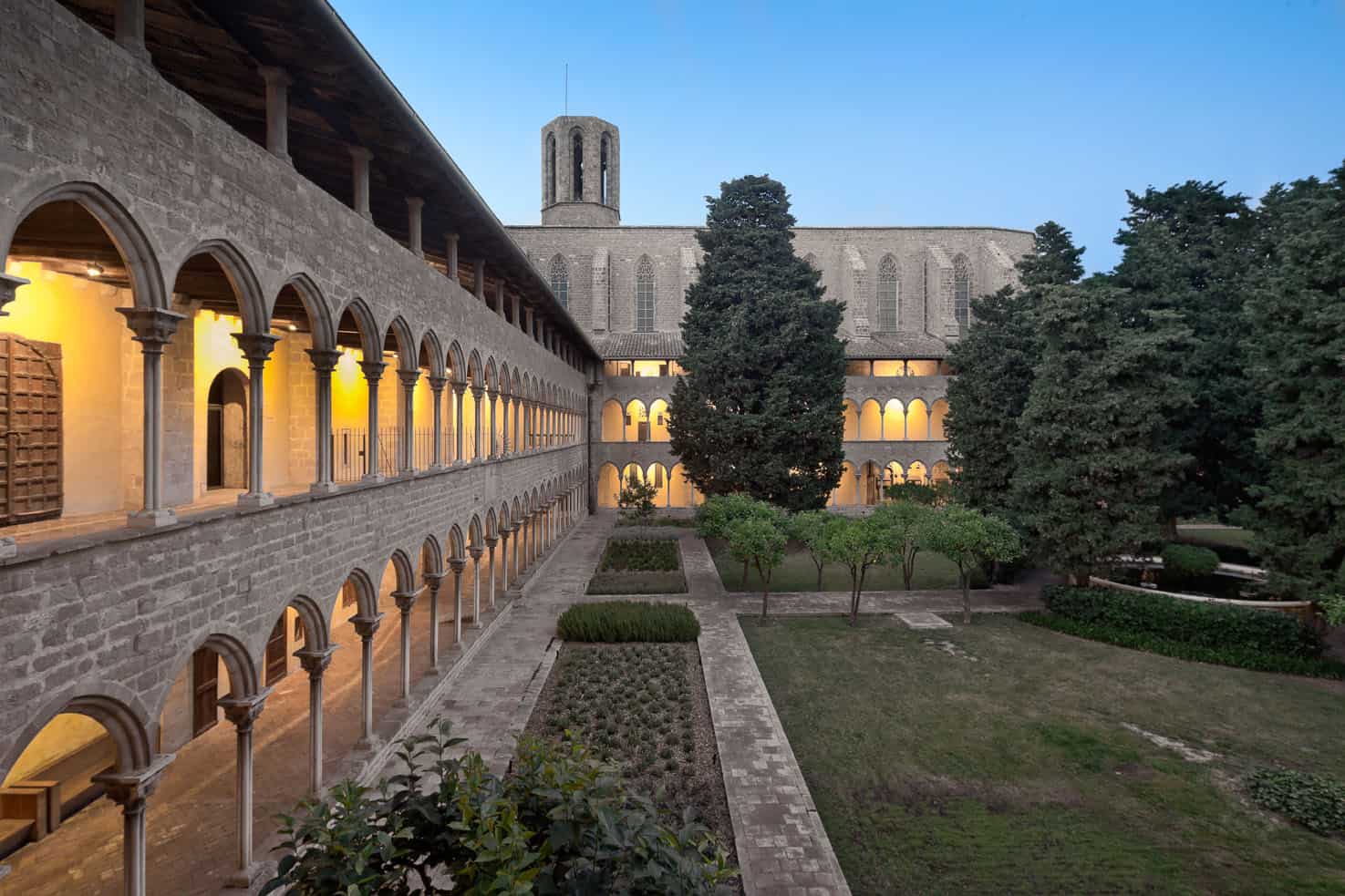The Monastery of Pedralbes has recently revealed new and surprising archaeological findings that provide a renewed vision of the economic activities that took place in this emblematic place. Excavations carried out in the small houses of the Baixada del Monestir, modest dwellings attached to the convent, have brought to light a complex structure dedicated to wine production, which positions the monastery as an important wine center since the 17th century. These discoveries not only expand the knowledge about the history of the monastery, but also highlight its role in the local economy of the time.
Pedralbes Monastery and Wine Production
Recent excavations have uncovered the remains of a beam press with a huge buttress, grape seeds and various stone deposits known as trujales or lagares, used in winemaking. According to Anna Bordas, the archaeologist in charge of the intervention, these remains confirm that wine production in the monastery was considerably more extensive than previously thought. “Wine has been produced here since the 17th century, and it seems to have been produced quite intensively,” says Bordas.
Visit Pedralbes Monastery
Archaeologists have found wine-making structures not only under the chapter house, where some remains had previously been identified, but also in adjacent areas such as the parlatorio. In addition, a large circular structure was discovered in a passage between cottages 3 and 5, which, after bioarchaeological studies, was confirmed to be related to wine production. These findings underline that the monastery was not only a space of enclosure and prayer, but also an active economic center with a remarkable wine-making activity.
Historical Reassessment and New Perspectives
The findings in the Monastery of Pedralbes have opened new lines of research on the economic history of the place. According to Anna Castellano, director of the monastery museum and doctor in medieval history, these discoveries require a re-reading of the existing documentation. “The excavation confirms what we intuited, that wine production was important, but from what was found it may be even more than we initially thought,” explains Castellano. The production of wine in the monastery was relevant not because the nuns cultivated vines, but because they owned vast lands in the areas of Collserola and Sarrià. As part of the tithe, the grapes harvested from these lands were brought to the monastery for processing. This implied a well-organized system of production and distribution, where wine not only served for internal consumption, but probably also played a role in the local economy.
Sant Jaume announces Neapolitan nativity scene and a “fir tree” for 2023/2024
Beyond Wine: Other Archaeological Discoveries
In addition to the wine-making structure, the excavations have provided a rich source of information on the evolution of the monastery from medieval to contemporary times. In cottage number five, initial walls from the 16th and 17th centuries have been identified, as well as original floorings. In one of the rooms, archaeologists found a cannonball from the Guerra dels Segadors, suggesting that the monastery was the scene of conflict during this period. Another significant finding is a water channel, possibly from Collserola, dating from the 12th century. This channel, discovered under the structures of one of the houses, fell into disuse when it was covered by sediments, but its existence demonstrates the complex hydraulic infrastructure that supported the monastery and its surroundings. In fact, a water mine still supplies the monastery today, irrigating the medieval orchard that was recovered a few years ago. One of the oldest and most mysterious discoveries is that of bioarchaeological remains related to a farmhouse called Pedralbes, which existed before the foundation of the monastery in the 14th century. These remains, which include seeds and other agricultural remains, suggest that the site was already a center of cultivation and production before becoming a monastic space.
The French Palacete de Pedralbes is considered the most expensive property in Barcelona.
The Future of Casitas and Heritage Preservation
The small houses on the Baixada del Monestir, once auxiliary spaces for the monastery, are now at the center of conservation and renovation plans. Authorities are considering converting these spaces into offices for museum staff or material reserves. The possibility of opening a bookstore and museum store is also under consideration, as well as creating a new exit access. However, it remains to be decided whether some of the archaeological remains discovered will be preserved and exhibited or whether they will be re-covered. This decision will depend on the Comissió Territorial del Patrimoni Cultural de Barcelona, given that the monastery is a cultural asset of national interest. The preservation and enhancement of these findings would offer a unique opportunity for visitors to explore and better understand the rich history of the Pedralbes Monastery.




